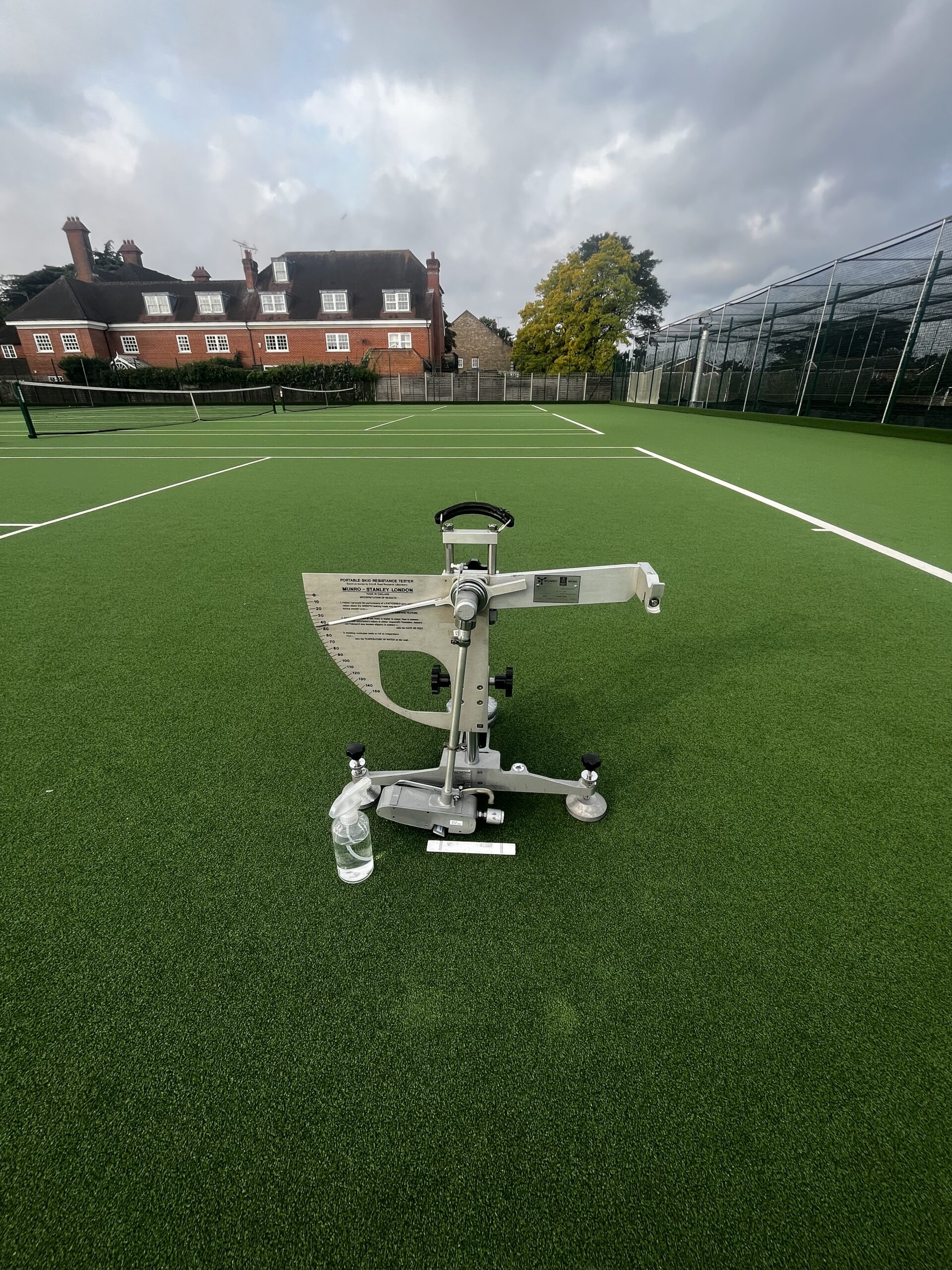Slip resistance testing in schools is paramount, and one often overlooked aspects is the prevention of slip and fall accidents. Slip resistance testing plays a crucial role in identifying and mitigating potential hazards within educational institutions. In this post, we’ll explore the importance of slip resistance testing in schools and how it contributes to creating a safe and secure environment for students, staff, and visitors.
The Importance of Slip Resistance in Schools
- Student Safety: The well-being of students is the top priority for any educational institution. Slip and fall accidents can lead to injuries, which not only disrupt a student’s education but can also have long-lasting physical and emotional consequences.
- Liability Reduction: Schools have a duty of care towards their students and staff. Failing to provide a safe environment can result in costly legal battles and damage to the institution’s reputation. Slip resistance testing helps schools meet their legal obligations.
- Staff Protection: Teachers and administrative staff are vital to a school’s operation. Slip resistance testing not only safeguards students but also protects the school’s workforce from potential accidents.
The Slip Resistance Testing Process
- Surface Evaluation: Slip resistance testing begins with a comprehensive assessment of the school’s flooring surfaces, including corridors, classrooms, and common areas. This evaluation identifies areas prone to slips and falls.
- Testing Methods: Various methods, such as the pendulum test, coefficient of friction testing, and ramp testing, are used to measure slip resistance. These methods provide quantifiable data that can be used to assess the safety of different surfaces.
- Recommendations and Remediation: Based on the testing results, recommendations are provided to improve slip resistance. These may include surface treatments, floor coatings, or, in extreme cases, complete floor replacement.
Benefits of Slip Resistance Testing
- Injury Prevention: Implementing recommended changes from slip resistance testing significantly reduces the risk of slip and fall accidents, keeping students and staff safe.
- Cost Savings: Proactive slip resistance testing can save schools money in the long run by preventing costly legal battles and medical expenses associated with accidents.
- Peace of Mind: Knowing that your school has undergone slip resistance testing and adheres to safety standards provides peace of mind to parents, staff, and visitors.
- Improved Reputation: Schools that prioritize safety and invest in measures like slip resistance testing are likely to have a positive reputation in the community, attracting more students and staff.
Safety in schools is non-negotiable, and slip resistance testing is an essential step toward achieving that goal. By identifying and addressing potential slip hazards, schools can create an environment where students can focus on learning without the worry of accidents. Moreover, investing in safety not only protects individuals but also preserves the integrity and reputation of educational institutions. Slip resistance testing is not just a regulatory requirement; it’s a commitment to ensuring that schools remain safe and secure for all.
If you’re responsible for the safety of a school or educational institution, consider scheduling a slip resistance test today to ensure a safer tomorrow.

